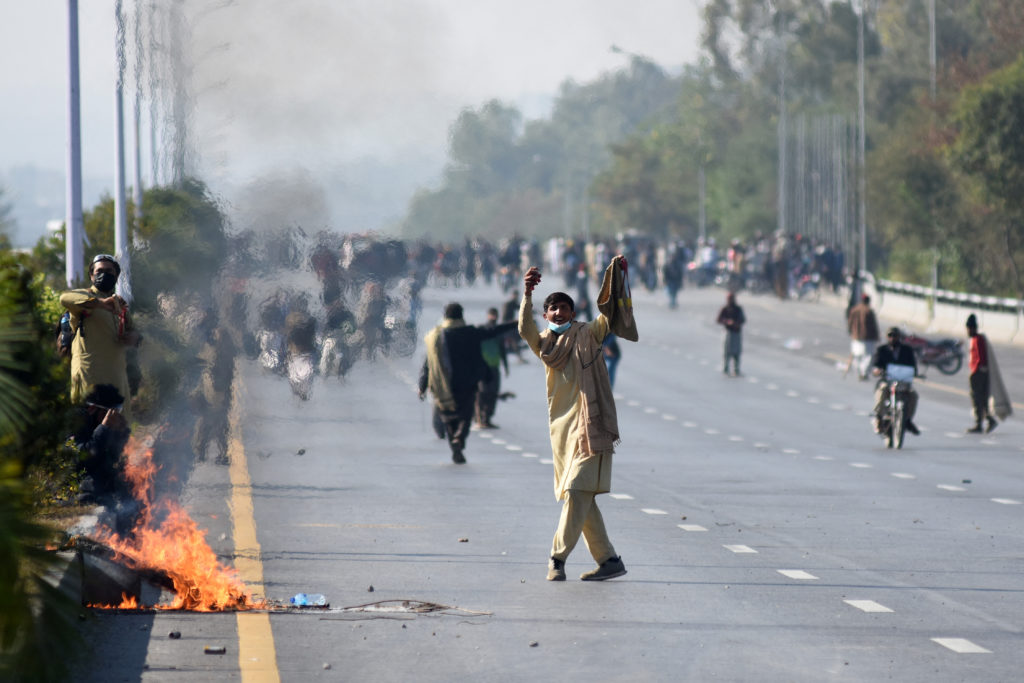
“Pakistan on the Brink: Can the Nation Rise Again?”
Pakistan Crisis Deepens: What’s Really Happening in the Country Today?

Pakistan is witnessing one of its worst crises in years, marked by economic collapse, political instability, energy shortages, and public outrage. As inflation skyrockets and protests fill the streets, many are asking: Can Pakistan recover from this chaos?
Economic Crisis in Pakistan 2025: Inflation at Record Highs
The economic situation in Pakistan has reached an alarming point. Inflation continues to rise, with prices of food, fuel, and electricity becoming unbearable for ordinary citizens.
The Pakistani rupee’s fall against the dollar has further worsened the cost of imports, pushing millions below the poverty line. Basic necessities like wheat, sugar, and oil are now luxuries for many families.
The IMF loan program has provided temporary relief, but experts insist that Pakistan needs structural reforms, better tax collection, and corruption-free governance to achieve long-term stability.
“We are paying the price for years of poor decisions,” says an economic analyst from Karachi. “Pakistan’s economy won’t recover unless policies change.”
Political Instability and Leadership Crisis
The political situation in Pakistan remains highly unstable. Rival parties continue their blame game, accusing each other of corruption and mismanagement. Parliament sessions often end in chaos, while citizens demand real solutions.
Protests have erupted in Islamabad, Lahore, and Karachi, with demonstrators calling for fair governance, lower fuel prices, and accountability.
Frequent arrests, police crackdowns, and political rallies have created an atmosphere of fear and uncertainty. The ongoing power struggle has distracted leaders from addressing real issues like inflation, unemployment, and education.
Security and Civil Unrest in Pakistan
Pakistan is also dealing with security threats on multiple fronts. Terror incidents in tribal regions, border tensions, and street violence have increased. The government’s efforts to maintain peace are being tested daily.
In Balochistan and Khyber Pakhtunkhwa, operations against militant groups continue. However, civilian displacement and fear remain major challenges.
Observers warn that ongoing unrest could hurt foreign investment and Pakistan’s image as a stable partner in South Asia.
Public Reaction: Anger and Despair
Across the nation, citizens are expressing frustration through social media and street protests. Hashtags like #PakistanCrisis, #InflationStorm, and #SavePakistan dominate X (Twitter) trends.
From Karachi to Peshawar, people are demanding justice, lower prices, and honest leadership.
“We can’t survive anymore,” says a Lahore shopkeeper. “Every day brings higher prices but no hope.”
Public trust in political and economic systems is at an all-time low. Many fear that without quick reforms, Pakistan’s crisis could spiral further out of control.
Power Cuts and Energy Shortages Add to the Pain
The energy crisis in Pakistan is worsening. Daily load-shedding and gas shortages have crippled small businesses and industries. With frequent power cuts lasting hours, productivity and morale are dropping fast.
The government has promised new energy-saving plans, but people remain doubtful. Many small factory owners are closing down operations, leaving thousands unemployed.
This has led to a chain reaction — unemployment increases poverty, poverty increases unrest, and unrest deepens instability.
International Reactions and Way Forward
The IMF, World Bank, and allied nations are urging Pakistan to take serious action to stabilize its economy. Reforms in taxation, governance, and export strategy are being discussed, but implementation remains slow.
Experts believe Pakistan must focus on self-reliance — increasing exports, supporting local industries, and reducing corruption.
“Pakistan can recover only if leaders unite and prioritize the nation over politics,” says political expert Dr. Nadia Qureshi.
Hope Amid Hardship
Despite challenges, many Pakistanis still hold on to hope and resilience. Startups, NGOs, and youth groups are working to help communities, educate children, and provide relief to struggling families.
Pakistan’s people have shown strength in tough times before, and with unity, transparency, and good leadership, the nation can rise again.
Conclusion
The bad situation in Pakistan today is a result of economic mismanagement, political conflicts, and governance failure. Yet, the country’s strength lies in its people — determined, creative, and resilient.
To restore stability, Pakistan needs economic reform, political unity, and public trust. Without them, the cycle of crisis may continue — but with them, a new chapter of progress could begin.




